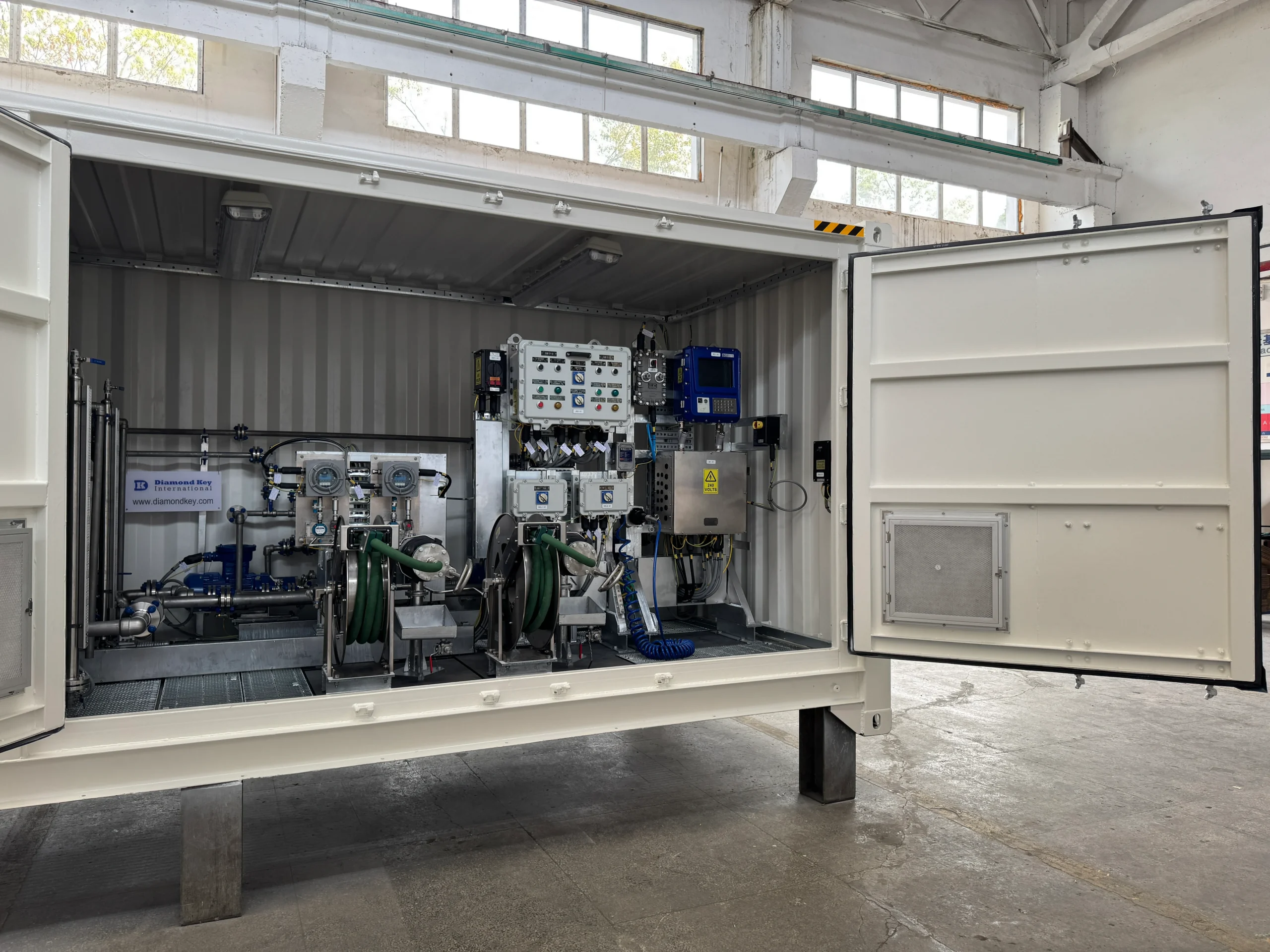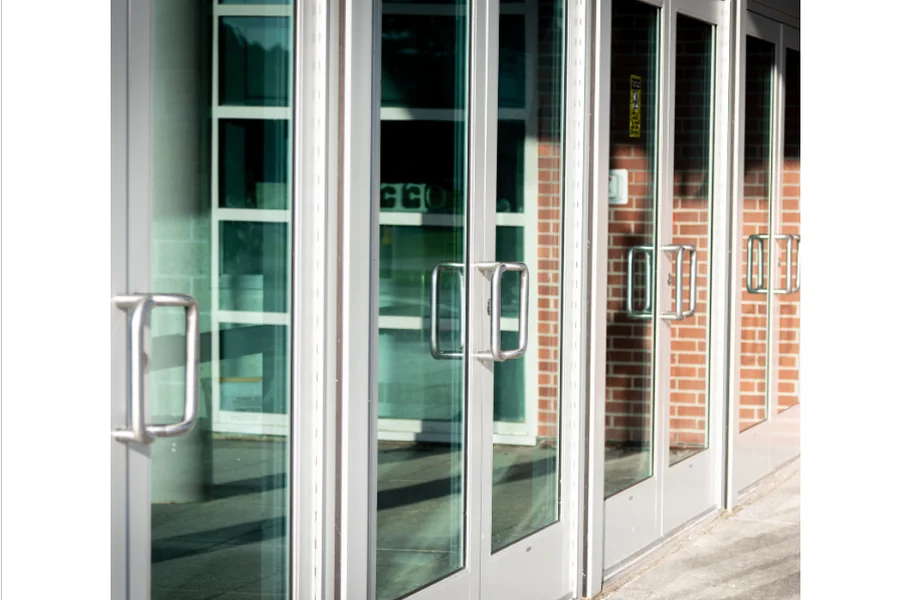Approaches And Strategies In Cooling Data Centers

Data centers generate a lot of heat. The computer systems process and store a huge amount of information, and with this much information comes heat. This creates a necessity for an effective cooling system to maintain the temperate levels for optimum functioning and reduce the likelihood of shutting down and failures. Overheating can also damage equipment over time.
Fortunately, there are various strategies one can adopt to ensure their data center remains at an optimum temperature level. For example, air-based cooling, liquid-based cooling, free cooling, etc. Expert data center architects Stendel + Reich can ensure a well-designed cooling system by adapting innovative cooling technologies.
Approaches and strategies in cooling data centers
- Computer room air conditioner.
A computer room air conditioner or CRAC is designed to cool commercial service rooms like data centers. It helps to regulate temperature and maintain optimum cooling for the efficient working of the computer systems. The CRAC system uses a refrigerant-based cooling system where the refrigerant absorbs the heat from the room and turns it into cool air. This newly produced cool air is then distributed across the room using fans and a network of ducts.
- Aisle containment.
The hot aisle/cold aisle is a common cooling technique data centers use. The method involves arranging the server racks in such a way that the cool sides face each other while the hot sides face another side. This creates two separate rows– a hot and cold one. The hot aisle serves as the pathway for the hot air to rise and return to air condition ducts, where they get cooled down. This cool air is used for the cooling system.
- Free cooling.
Free cooling is commonly used in data centers situated in locations with cold climates. It is an energy-efficient technique that involves venting the hot air out of the facility and allowing the outside cool air to enter and cool down the systems. This method takes advantage of cooler weather conditions by not using additional cooling technologies. This saves energy resources as well as money.
- Chilled water.
Water is a better heat conductor than air, making it an efficient choice for cooling servers. You may think using water to cool down electricals is a bad idea, which it is, but only if the water comes in direct contact with the equipment.
In this method, chilled water is passed through tubes nearby the server cases. The water does not touch the equipment but absorbs the heat as it passes. Compared to other approaches, this one is more cost-effective and saves energy.









